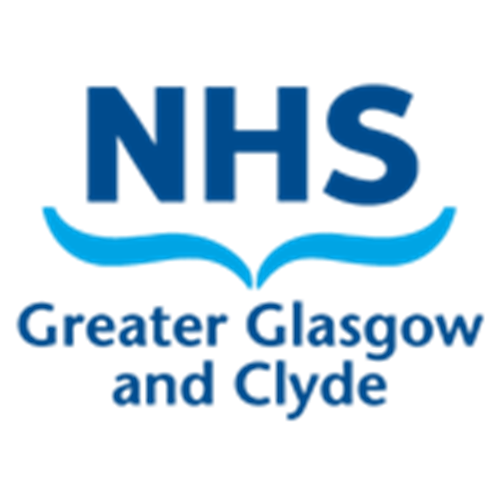- Venous thromboembolism (VTE) is uncommon in pregnancy and the puerperium, but remains a leading cause of maternal death in well-resourced countries.
- Pregnant women with suspected pulmonary embolus (PE) should be anticoagulated using therapeutic doses of low molecular weight heparin (LMWH) and diagnostic testing undertaken to confirm or exclude the diagnosis.
- During the COVID-19 pandemic, clinically stable patients should, whenever possible, undergo treatment and investigation on an out-patient basis.
- Patient safety should not be compromised by any changes to the current guidance.
QEUH Quick Points:
Healthboard policy is that pregnant women with ?COVID, and no obstetric complications, presenting to the QEUH site will be triaged to the Specialist Assessment Triage Area (SATA)If admission is required this will be to the medical side. A document detailing the requirements for obstetric input and review of inpatients on the medical side has already been circulated. Healthboard policy is that pregnant women with ?COVID, who have obstetric complications, will be triaged to the maternity assessment unit (MAU) .
The Trakcare request for VQ scan must be done by the reviewing consultant. When the patient is deemed suitable for outpatient management the organisation of this becomes the remit of the obstetric team – irrespective of which specialty performed the inital review. Coordination of outpatient arrangements and follow-up requires close communication between MAU and the on-call obstetric team. |
